In Benitses, there are some very old and beautiful buildings, some of them more than 5 centuries old.
We tried to collect as much information as we could about the most important of them, it was really difficult as most old people who knew about are dead, and the living ones are so old that they can’t remember much or strangely don’t want to talk about.
Here is what we have learned about these houses, with the promise to add as much information as we can in the future.
All about Benitses VillageThe tall building at the entrance of Benitses’ old port
This beautifully tall and slim neoclassical building was built right at the banks of the river that flows at the old Benitses port, when the main road that leads up to the old village was a river.
It must be older than 4 centuries, but details from its early history are not known.
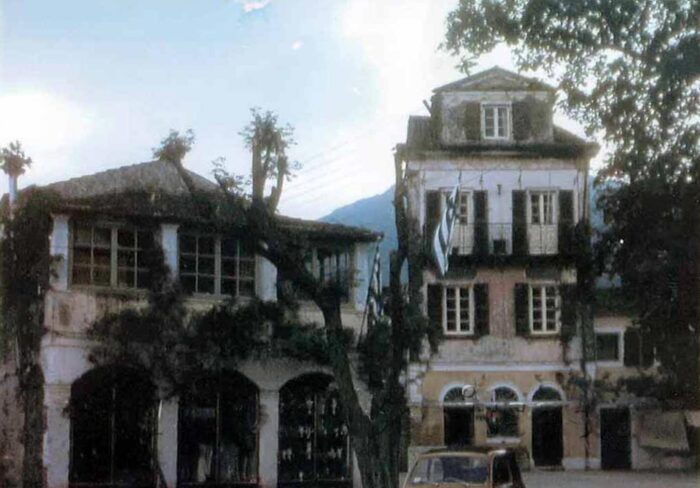
Owners during the early 20th century were the three Vandoros brothers, Memas, and Aggelos, who were traders in Corfu’s Jewish sector, and Spiros, who was a lawyer.
EDES, a right-wing partisan group led by Napoleon Zervas, had its headquarters in the Vandoros building from 1945 to 1949, just after the war.
Serafim was a priest living in Messonghi, who later became an Archbishop. He was a member of this right-wing partisan group of EDES. He used to go around the area, always riding on a horse.
An Italian family with 2 daughters was living on the first floor during the Italian occupation(1941-1943)
In the same building, on the ground floor, and after 1949, the traders Matios and Likouris opened a general commercial shop, where they sold potatoes, onions, etc. Οnce they had been ripped at the area of St. John of pigeons by a gang of Greeks from southern Albania, their leader was the grandfather of today’s hotelier in Corfu.
From 1953 to 1958, the ground floor was a barbershop run by Yiannis Kontos(Bourelas), and from 1958 to 1971 was one of the two kafeneions that existed in Benitses before the 80s.
This was the kafenion Skaloma, named by the name of the area; indeed, the area around the port and at the seaside is called Skaloma.

Today, the building belongs to the Bellos family, as they bought it in 1971 from Spiros Vandoros.
The Grapevine Restaurant of Nikos Bellos, or Klimataria, is operating today on the ground floor.
The other building in the photo – Finanza
The other building in the photo doesn’t exist today. It was called Finanza back in 1941 and used to be the headquarters of the Italian occupation army; many members of the resistance were severely tortured inside this building.
Later, it became a restaurant owned by Stefanos Kefallonitis until it was demolished before 1974 when the square of Benitses and the new road were constructed.
The building of the Township
This house was built almost 3 centuries ago and owned by an Italian noble named Palaviccini.
Later, it became the property of Varvitsiotis, a family of famous notaries, and after the death of the last family offspring, it was donated to the state for public use. It is known today as the Varvitsiotis Legacy.
In this building were always the offices of the local municipality, many years ago, in a small office at the backside of the building, while the rest was used as a customs office.
The first customs officer was someone named Harilaos Pateras. During his duty here, he married Lina Kouris, a local girl from the wealthy Kouris family.
The custom office moved to Corfu in 1962.
From 1962 to 1965, a school for young women was working in the building; most of these girls were coming from other villages all over Corfu.
Yes, it sounds strange now, but in Greece of the 60s, schools were teaching young girls how to become good housekeepers.
This school, in 1965, moved a few yards further north to another building for a few more years until it permanently closed down in 1972.
Girls were living inside the house, and many of those met and got married to men from Benitses.
Today, the first floor of the building belongs to the municipality, while the ground floor is rented for commercial purposes.
The building of the Pagiatis family
Built by an Italian, the owner was another Italian named Palermo.

Then the Pagiatis family stayed there for more than 4 decades, and the house today belongs to them.
In this new photo, the house is completely renovated and different from the original building.


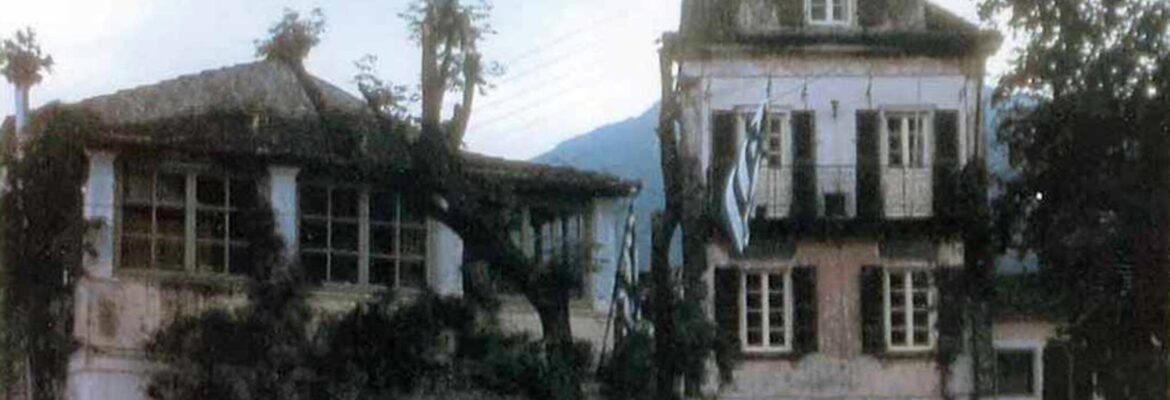


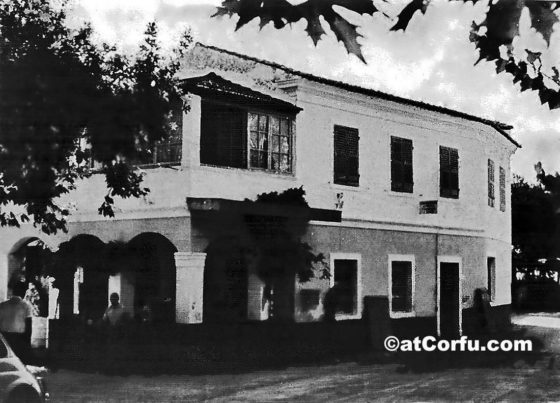
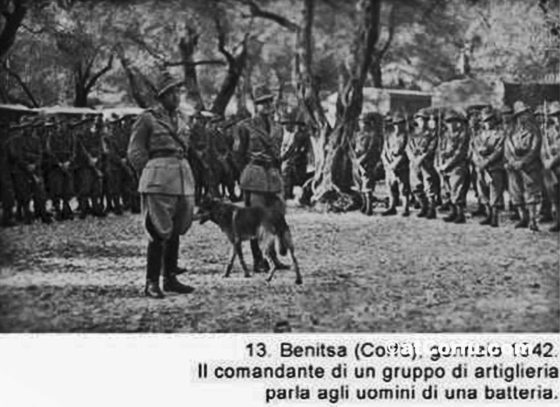
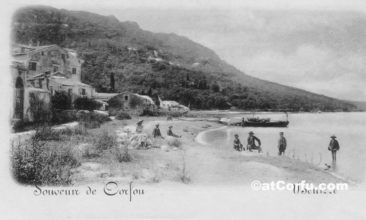

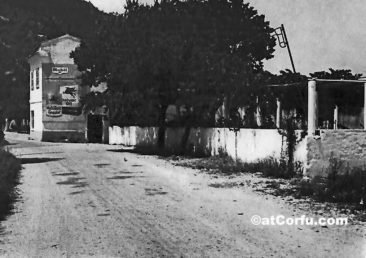
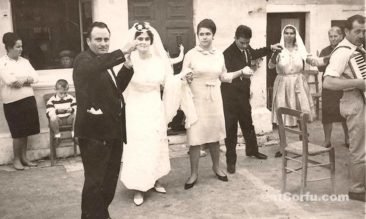


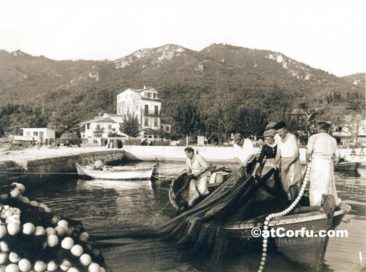





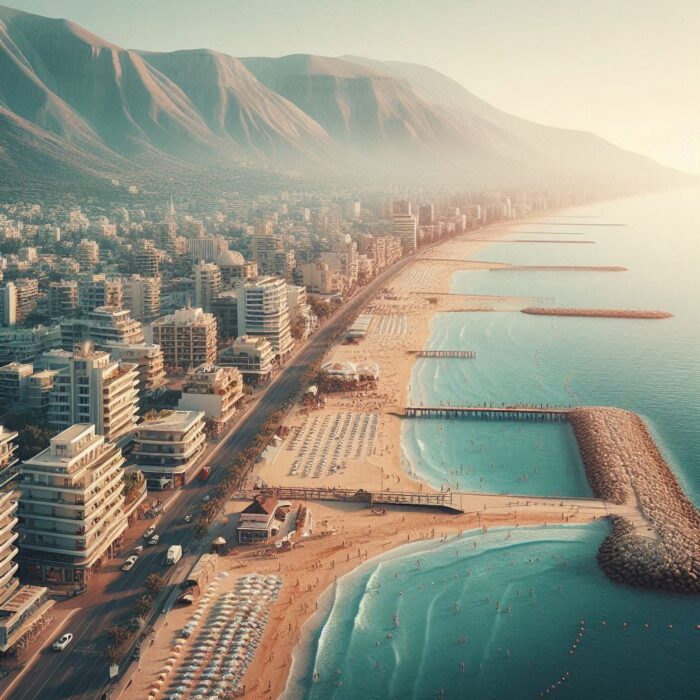
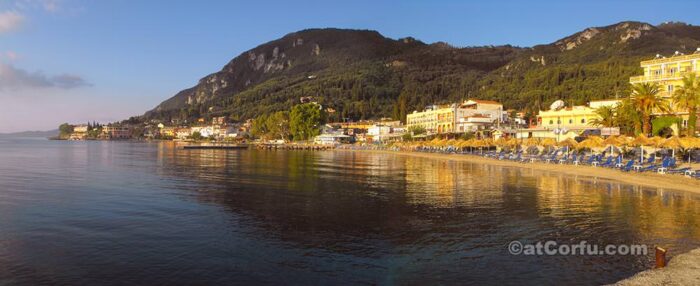
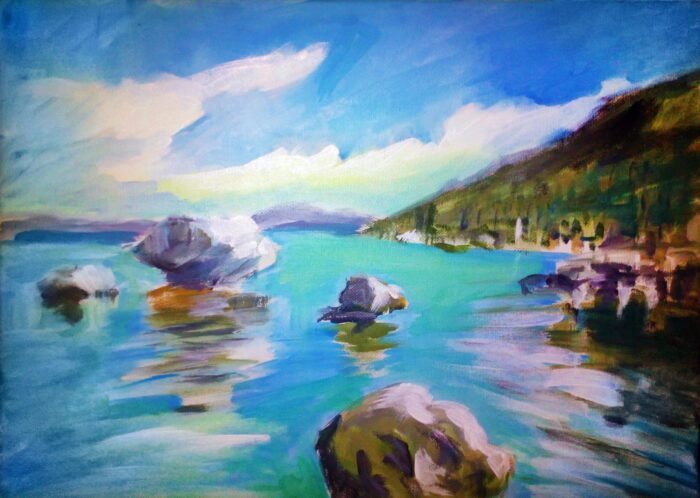
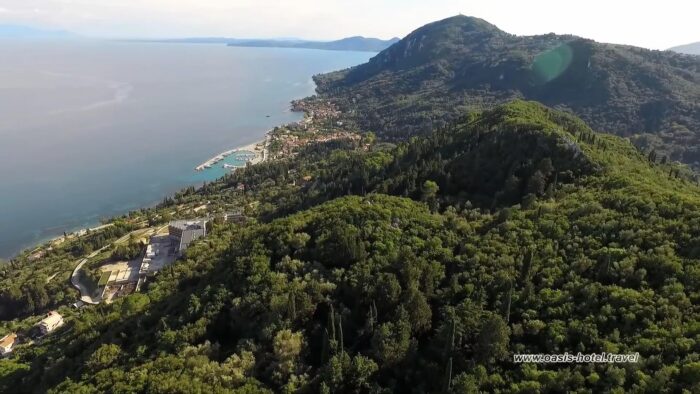
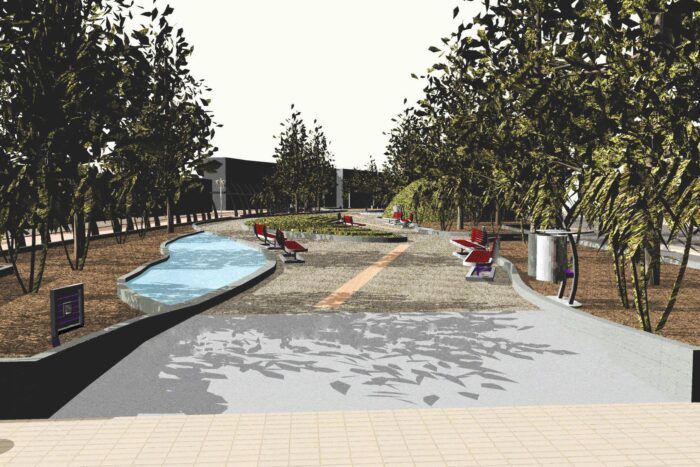
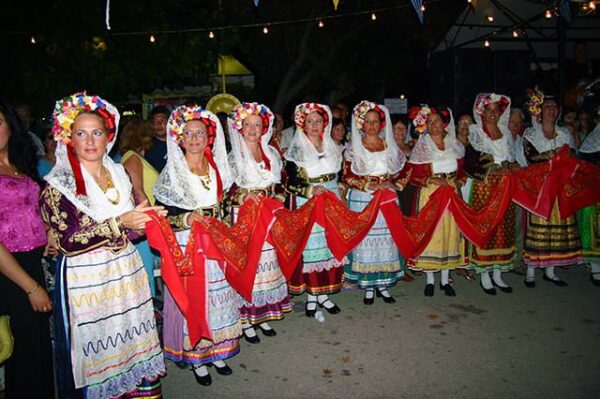

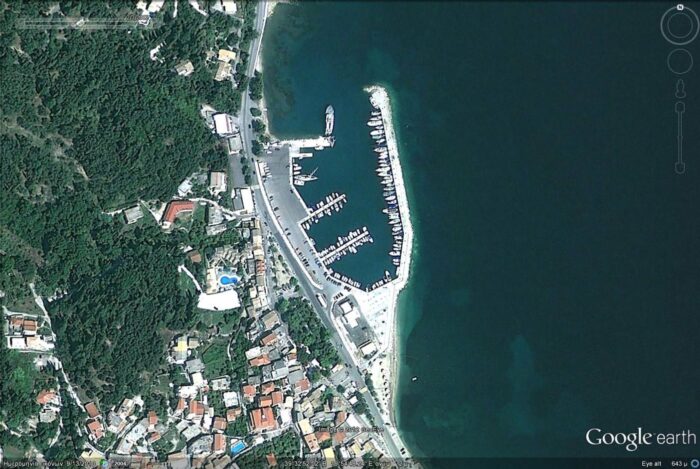
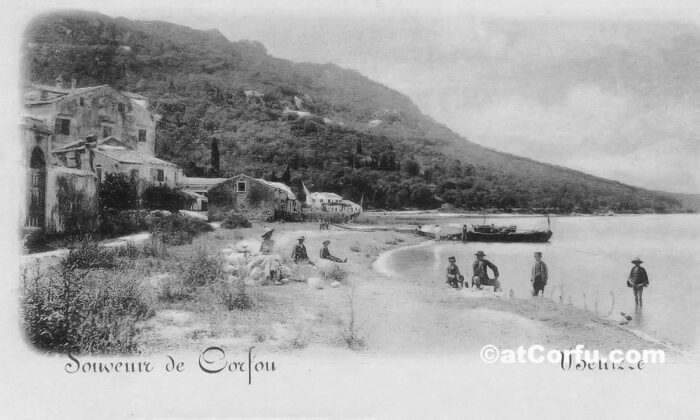
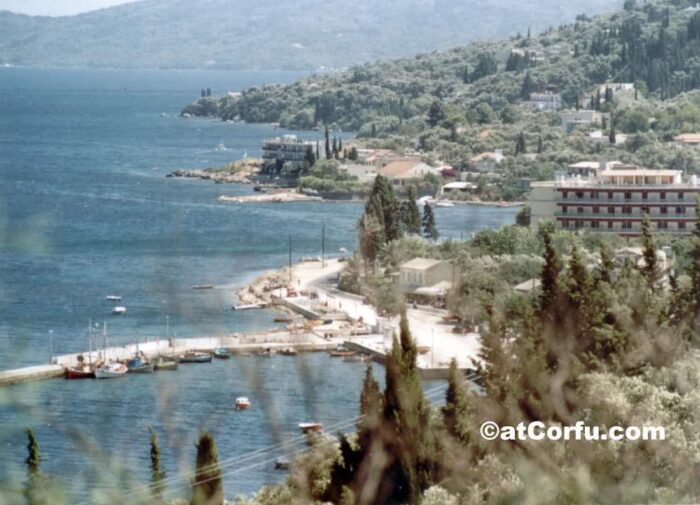
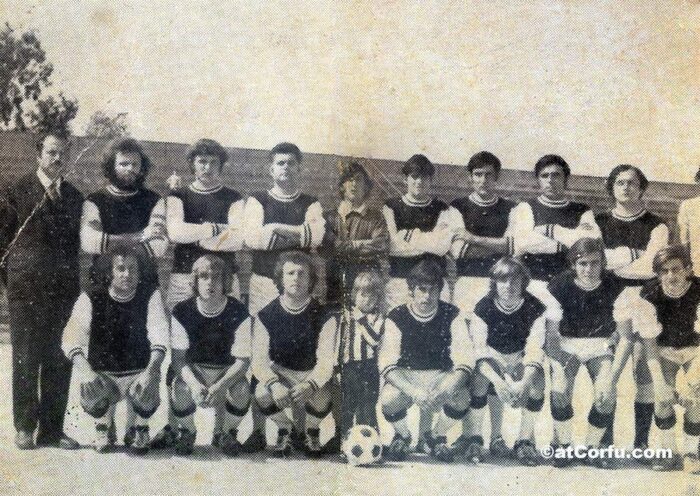
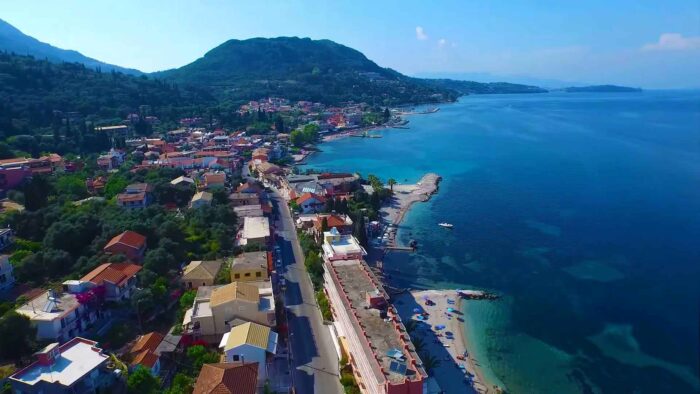
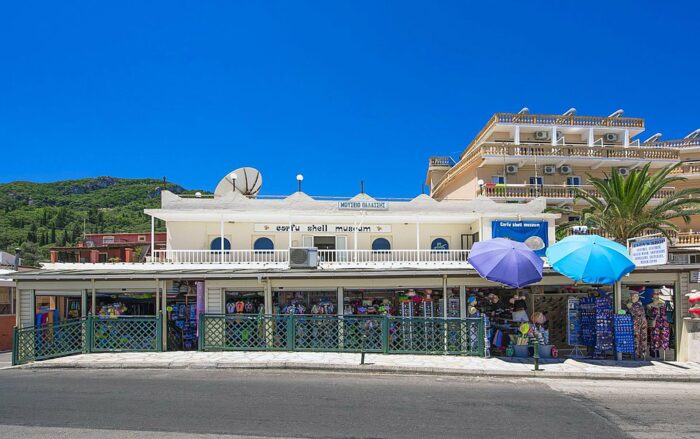
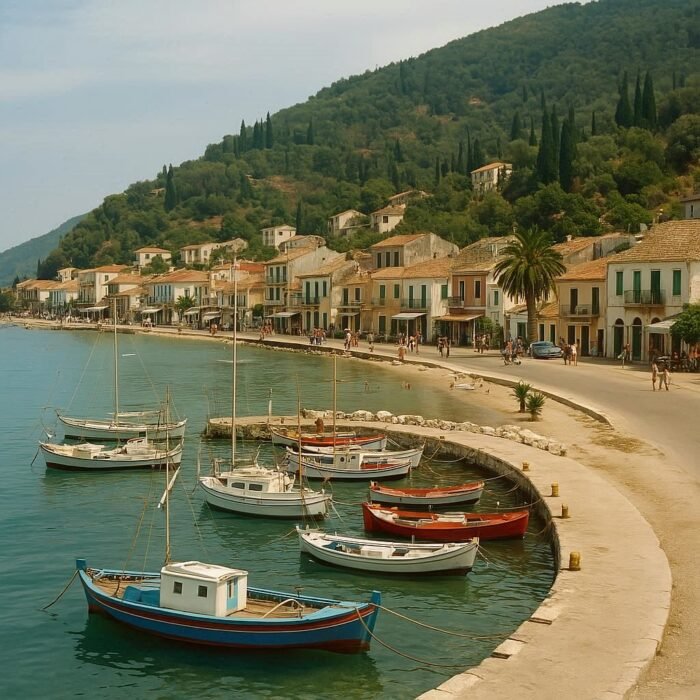

Comments